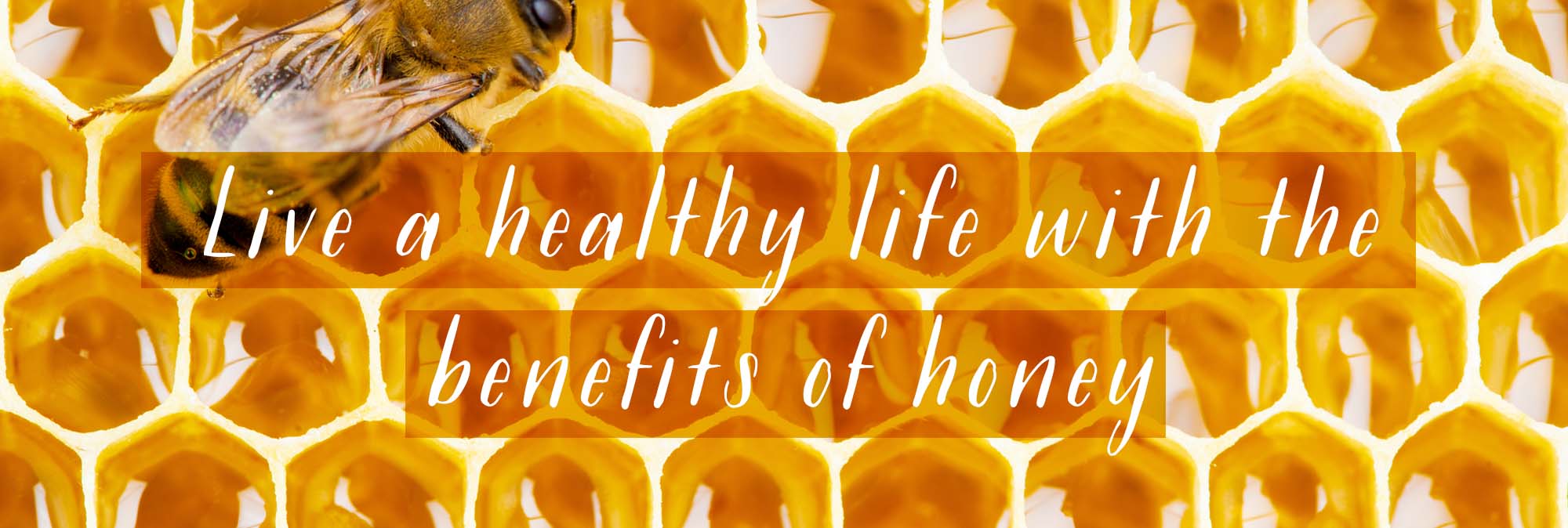Have you ever wondered how bees are able to hear? In fact the way they go about hearing and communicating with each other is fascinating. This in turn results to a well coordinated work the honey bee displays. Just how do bees hear and how does this affect their day to day activity?
Many though bees were totally deaf to airborne vibrations for quite some time. With that being said, intracolony communication in honey bees is made possible with the significant role that is played by vibroacoustics, the process of hearing sound vibrations through the body.
The subgenual organ which is an organ in insects that is involved in the perception of sound and is responsible for bees to notice tones as vibration attractions over the underground, over their claw members and a sensory organ in the rail of their legs.
Johnston’s organ, a chordotonal organ located in the second segment of an insect’s antenna has been shown to be used to perceive these sound signals. Johnston’s organ function is to detect the vibrations gathered by sound waves with the antenna of the insect. With airborne sounds, honey bees are able to detect the air-particle movements which is beneficial since bees produce sound not only through movement of their wings but also with their thoracic muscles.
Honey bees are able to uncouple their wings to produce heat and generate acoustic signals even though they use these muscles to move their wings. It should be noted that pressure and particle movement components is what travelling sound waves both has which is measured by their frequency in Hertz (Hz), or cycles per second. Honey bees are known to produce a number of vibration and sound – from less than 10 to more than 1000 Hz. The higher wave frequency creates a higher pitch and they are shown to be able to detect sound frequencies up to about 500 Hz which is quite an impressive feat. How does this help honey bees with their day to day activity?
To answer that question, nest mates are informed by honey bees of the location of food sources through the use of airborne near field sound signals that revolves around the dance language. A dancing bee is able to waggles her abdomen and vibrates her wings during honey bee forager recruitment dances and in doing so simultaneously generates substrate-borne vibrations, near field sounds, and jets of air all of which can transmit information from the dancer to follower bees. This in turn makes it relatively easy for them to effectively convey their message to the other bees which is done in a timely and effective manner. As a result, honey bees are guided accordingly to their target location.
Having a clear overview on how bees communicate on a day to day basis will help individuals realize just how hearing works. Several researches take this information to devise new and innovative ways on how to help others with hearing loss or other related hearing problems.


